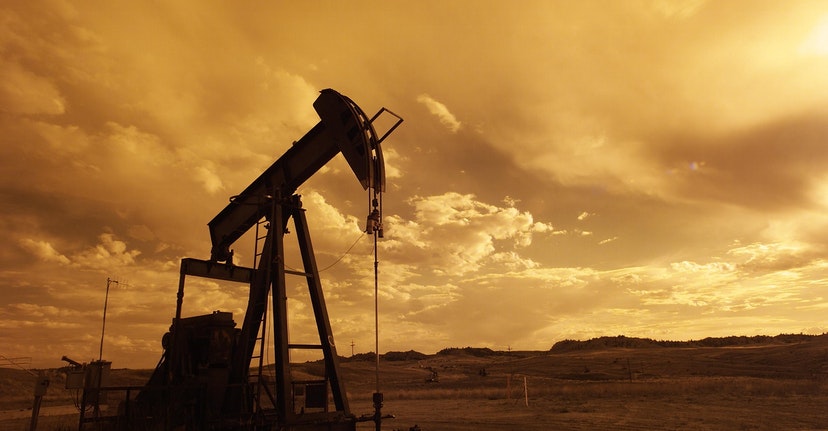With Shrinking Inventories and Rising Demand Wall Street Is Watching Oil

Oil’s Prolonged Slump Turning Around in 2022
Back in the summer of 2014, OPEC got into a price war with US shale producers — causing oil prices to plunge for the better part of a decade. The earliest days of the pandemic slowed demand to a crawl, pushing the global price of oil down even further. Analysts are now noting a turnaround, and Wall Street predicts a barrel of oil may hit $100 by summertime.
Numbers further illustrate the changing oil market as prices increased 50% in 2021. By the end of trading on Wednesday, the benchmark US barrel was at $87.55, representing a 16% increase so far this year. Meanwhile, Brent Crude closed at $89.96 a barrel. Zooming out, energy shares in the S&P 500 are up 18% during 2022.
Analysts Predict Demand for Oil Returns to Pre-Pandemic Levels
Industry observers say US oil producers are benefitting from restraint as demand remains high despite some of the highest gasoline prices seen in years. Analysts say in the period following the price war with OPEC, US producers flooded the market with shale oil — further depressing prices. Now, Goldman Sachs (GS) and Bank of America (BAC) predict a $100 barrel by July at the latest.
Part of this argument depends on OPEC and whether it can increase production levels. Furthermore, geopolitical turmoil in Russia, Ukraine, and Kazakhstan could disrupt oil stockpiles among industrialized nations. New COVID-19 variants may also emerge and harm oil demand, although analysts point out Omicron did not lead to a significant dip in the market.
US Oil Producers May Wait to Drill, Investors Are Getting Into Place
Some US oil producers say they’ll delay more drilling until later in the year due to rising oilfield expenses. Part of this is attributed to increasing trucking and steel production costs. Analysts say that timeline means oil prices won’t receive relief from additional US production by summer.
Investors are now targeting US energy stocks ahead of the expected ramp-up in oil production. Halliburton (HAL) and rival Schlumberger (SLB) have seen stock prices soar to begin the year since they sell oilfield products and some smaller firms went belly-up during the pandemic slowdown. Similarly, many producers moved to scrap older equipment that must now be replaced. The combination of strong demand and diminishing supply is a classic tale in economics that has Wall Street keeping a close eye on whether or not oil will hit $100 per barrel.
Things are changing daily within the financial world. Sign up for the SoFi Daily Newsletter to get the latest news updates in your inbox every weekday.
Sign up
Please understand that this information provided is general in nature and shouldn’t be construed as a recommendation or solicitation of any products offered by SoFi’s affiliates and subsidiaries. In addition, this information is by no means meant to provide investment or financial advice, nor is it intended to serve as the basis for any investment decision or recommendation to buy or sell any asset. Keep in mind that investing involves risk, and past performance of an asset never guarantees future results or returns. It’s important for investors to consider their specific financial needs, goals, and risk profile before making an investment decision.
The information and analysis provided through hyperlinks to third party websites, while believed to be accurate, cannot be guaranteed by SoFi. These links are provided for informational purposes and should not be viewed as an endorsement. No brands or products mentioned are affiliated with SoFi, nor do they endorse or sponsor this content.
Communication of SoFi Wealth LLC an SEC Registered Investment Adviser
SoFi isn’t recommending and is not affiliated with the brands or companies displayed. Brands displayed neither endorse or sponsor this article. Third party trademarks and service marks referenced are property of their respective owners.
SOSS22012802
Comments are closed.